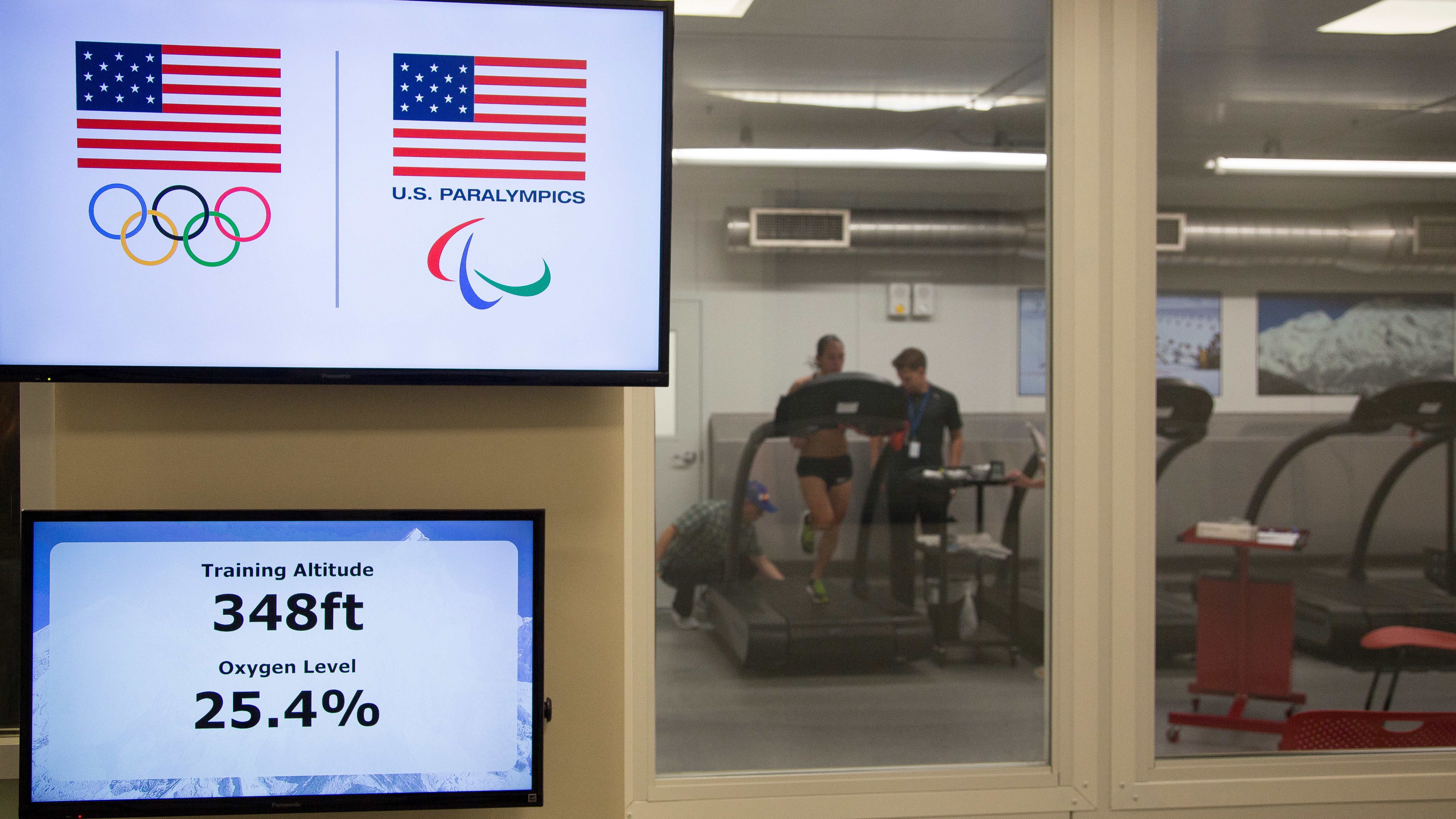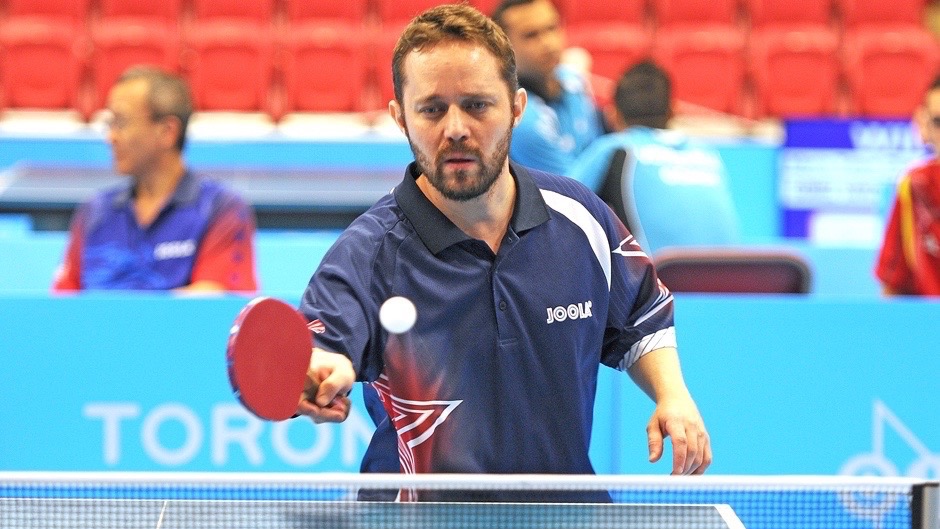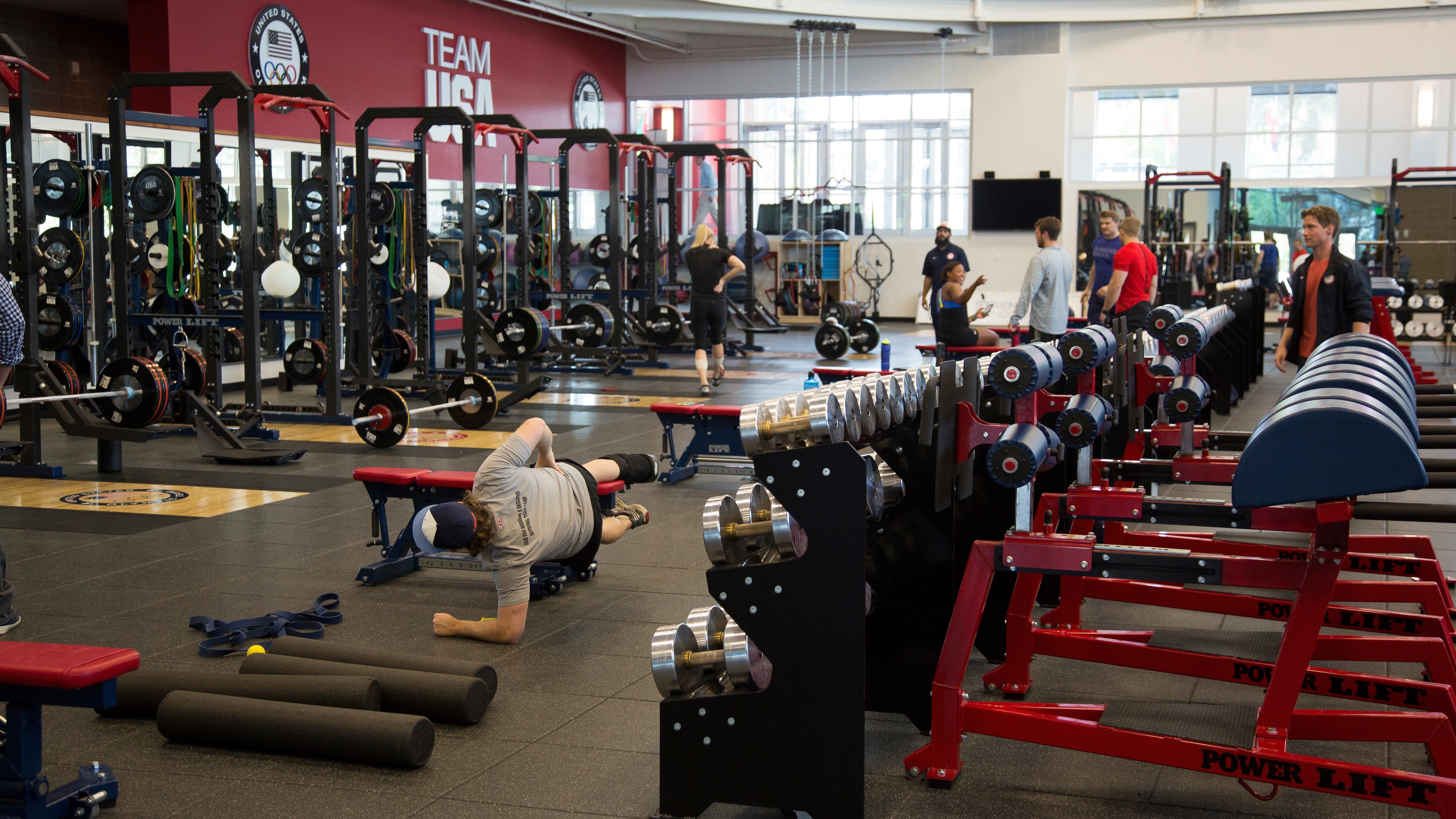Go for the gold: How tech is transforming Olympic training
This year's Olympic and Paralympic athletes turn to cutting-edge tech for that 1% edge
Nowhere to hide
Because technology leaves few questions about how athletes are performing while training, it's a welcome tool for them as well as coaching staffs.
For Dawn Scott, fitness and sport science coach for the US Women's National Soccer Team, technology is essential to tracking players both when they're with the team and on their own so she can make sure they're ready for international tournament play.
When they're with the national team, every player, including goalkeepers, wears a GPS unit and heart rate transmitter. Internal readings come from the transmitter, while GPS provides intel on how fast players are running, the distance they've covered, how many sprints they've performed and how many times they've changed direction.
"With GPS, I can look at every single training session, every single game, and really know what are the physical demands of every single position," Scott says. "There's no hiding places in training because you can see the output of every single player. We can push every player to reach a higher level."

Armed with this data, Scott can not only track the fitness of each player in every position, but also adjust their training accordingly.
"We're tailoring it for the individual players," she says. "We can see what they're doing in games, so whether it's Alex Morgan or Tobin [Heath] or any other player, we can see positionally what they're going to do in a game. It enables me, from a fitness coach point of view, to make sure they cover what they would see in a game [during training]. If you over-prepare for what they'll face in a game, then there's no reason they can't meet it."
Scott can look at the load of players during games, too, to see how to approach training the following day.
Get daily insight, inspiration and deals in your inbox
Sign up for breaking news, reviews, opinion, top tech deals, and more.
"A central defender [might do] less than a forward player, so I can modify what the forward player does the next day based on what they did in a game," she says.
While wearables aren't used by the USWNT in training, Scott says players do have a heart rate watch they wear when they're not in camp so they can monitor their heart rate zones on their own.
"It's a beneficial thing to have," she says, "like a personal trainer for them."
Training day
Though tracking is hugely important for coaches and athletes, it's not the only way tech finds its way into training.
Paralympian Tahl Leibovitz practices 5-6 days a week with a ball-shooting robot from a company called Newgy to hone his table tennis skills.
"I started using [the robot] when I was 15-years-old at the Boys and Girls Club," Leibovitz says. "It's changed a lot since then. It was still good, but a lot more basic. Now, it has a lot of different functions and can do many different drills."
Leibovitz, who's headed to his fifth Paralympics (he won the gold in 2012), says the robot has an advantage over human training partners because the machine can accurately put the ball in one spot, over and over, and change its spins for more dynamic training.

Like many athletes, Leibovitz says the internet has transformed his training, too. He can catch up with coaches over Google Hangouts, holding remote training sessions and reviewing video with them no matter where he is.
Stephen Lambdin is in Rio as a first-time Olympian in taekwondo, and also says the internet has changed his prep-time routine; he can scout opponents' previous fights in seconds and discover new training techniques that may have taken years to reach "the average Joe." Now, "it's almost become a sprint to get the edge."
Lambdin credits tech with helping him achieve his childhood dream of going to the Olympics, though he also uses more esoteric methods, like taking part in a week-long training camp with Dutch daredevil Wim Hof.
"I definitely think [technology] has made a huge improvement [in my training]," he says. "I think it's one of the big reasons I made the Olympic team. A lot of people have different approaches, but I think being willing to embrace technology and the latest thing has definitely provided me with a huge edge over my competition."

There's a river sport area in Oklahoma City, where Lambdin lives, that's designated as an official Olympic training site. It's here that he uses a high-altitude training chamber that can be set at an altitude of 12,000 feet.
"I get the benefit of Colorado Springs - it's actually double the altitude - yet I get to stay in Oklahoma and don't have to travel," he says. "If I can squeeze an extra week of sleeping in my own bed, you don't have to twist my arm to do that."
Also part of his training is a disc-shaped sleep monitor that fits under his mattress. It tracks his heart rate, data that's used to determine how much time he spent in a REM cycle and how much time he's awake.
While Lambdin didn't mind wearing a Jawbone wristband while he caught his Zs, he says he was never sure how accurate it was. Now, he gets an precise reading of how he slept, which is key to managing his training.
"If I didn't sleep well last night, I'm going to take it back on training so I can recover more," he says. "The heart rate variability monitor lets me know whether I can hit it hard today, or I need to take it back."
First-time Olympian Maggie Hogan uses a device called Motionize to monitor her training. Sensors in her Canoe Sprint kayak pick up data such as distance per stroke, stroke length, stroke rate, stroke difference between her right and left side, her heart rate and GPS info. It's all fed back to a smartphone on the front of her boat in real-time.
"Our sport is very technical, and our boats are very unstable, so techniques can be very hard to master," she says. "This is the first technological tool that I know of that can help athletes with technique and not just physiology."
The system has allowed Hogan to train more efficiently and ask more specific questions of her coach, and together they can make minute adjustments they'd otherwise miss.
"We can now look at very small changes that need to be made," Hogan says. "The device can tell me if my stroke is two centimeters longer on one side compared to the other. Before using this tool, we used video feedback, but two centimeters is very hard to see on film, let alone the naked eye."
Michelle was previously a news editor at TechRadar, leading consumer tech news and reviews. Michelle is now a Content Strategist at Facebook. A versatile, highly effective content writer and skilled editor with a keen eye for detail, Michelle is a collaborative problem solver and covered everything from smartwatches and microprocessors to VR and self-driving cars.
